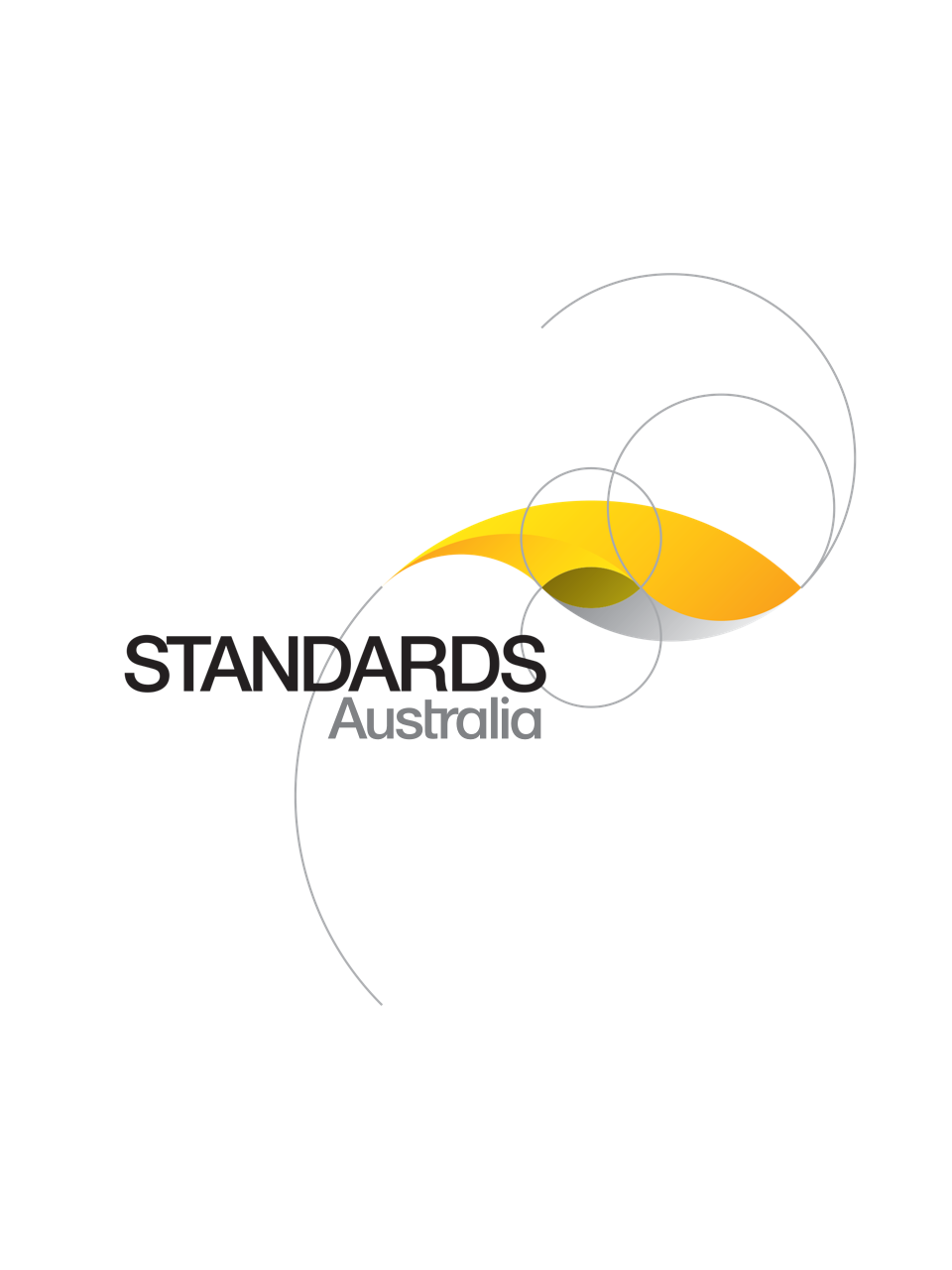Standard
Track updates
AS ISO 24817:2022
[Current]Petroleum, petrochemical and natural gas industries — Composite repairs for pipework — Qualification and design, installation, testing and inspection
AS ISO 24817:2022 identically adopts ISO 24817:2017, which gives requirements and recommendations for the qualification and design, installation, testing and inspection for the external application of composite repair systems to corroded or damaged pipework, pipelines, tanks and vessels used in the petroleum, petrochemical and natural gas industries.
Published: 13/05/2022
Pages: 87
Table of contents
Cited references
Content history
Table of contents
Header
About this publication
Preface
Foreword
Introduction
1 Scope
2 Normative references
3 Terms and definitions
4 Symbols and abbreviated terms
4.1 Symbols
4.2 Abbreviated terms
5 Applications
6 Summary of key issues
7 Qualification and design
7.1 Repair feasibility assessment
7.2 Repair class
7.3 Repair design lifetime
7.4 Required data
7.4.1 Background
7.4.2 Original equipment design data
7.4.3 Maintenance and operational histories
7.4.4 Service condition data
7.4.5 Repair system qualification data
7.5 Design methodology
7.5.1 Overview
7.5.2 Environmental compatibility
7.5.3 Design temperature effects
7.5.4 Design based on substrate load sharing (defect type A)
7.5.4.1 Limited by allowable stress in the substrate
7.5.4.2 Limited by allowable strain in the repair laminate
7.5.5 Design based on repair laminate allowable strains (defect type A)
7.5.6 Design based on repair-allowable stresses determined by performance testing (defect type A)
7.5.7 Design of repairs for through-wall defects (defect type B)
7.5.8 Axial extent of repair
7.5.9 Optional design considerations
7.5.9.1 Impact
7.5.9.2 Cyclic loading
7.5.9.3 Live repairs
7.5.9.4 Fire performance
7.5.9.5 Cathodic disbondment
7.5.9.6 Electrical conductivity
7.5.9.7 External loads
7.5.10 Dent and/or gouge type defects
7.5.11 Fretting type defects
7.5.12 Delamination or blister type defects
7.5.13 Repair of other components
7.5.13.1 Piping system components
7.5.13.2 Tank and vessel components
7.5.13.3 Clamps and other repair systems
7.5.13.4 Patches
7.5.14 Design output
7.6 Re-qualification of the repair system
7.6.1 Overview
7.6.2 For type A defect repairs
7.6.3 For type B defect repairs
8 Installation
8.1 Storage conditions
8.2 Documentation prior to repair application
8.2.1 Method statement
8.2.2 Work pack
8.3 Installer qualifications
8.4 Installation procedure
8.5 Repair completion documentation
8.6 Live repairs
8.7 Repair of clamps, piping components, tanks, or vessels
8.8 Environmental considerations
9 Testing and inspection
9.1 General
9.2 Allowable defects for the repair system
9.3 Repair of defects within the repair system
9.4 Inspection methods
9.5 Repair system maintenance and remedial options
9.5.1 Overview
9.5.2 Condition of the repair - visual inspection
9.5.3 Condition of the pipe substrate
9.5.3.1 External defects
9.5.3.2 Internal or through-wall defects
9.5.4 Remedial options
9.5.5 Extension (revalidation) of repair design lifetime
9.5.5.1 Class 1 and 2 repairs
9.5.5.2 Class 3 repairs
9.5.6 Future modifications
10 System testing
11 Decommissioning
Annex A
Annex B
B.1 General
B.2 Data for repair laminates
B.3 Data for interface adhesion strength
B.4 Requirements for repairs to substrates with non through-wall defects (Type A design case)
B.5 Requirements for repairs to substrates with through-wall defects (Type B design case)
B.6 Performance testing
B.7 Other components
B.8 Summary qualification test reports
Annex C
C.1 General
C.2 Method
C.3 Report
Annex D
D.1 General
D.2 Method
D.3 Calculation of γLCL
D.4 Qualification of other substrates
D.5 Test report
Annex E
E.1 General
E.2 Methods
E.2.1 Survival testing
E.2.2 Regression testing
E.2.3 Representative coupon testing
E.3 Test report
Annex F
F.1 General
F.2 Method
F.3 Test report
Annex G
G.1 General
G.2 Method
G.3 Calculation of the degradation factor
G.4 Test report
Annex H
Annex I
I.1 General
I.2 Basic skills/experience
I.3 Installer training
I.4 Supervisor training
I.5 Certificate
I.6 Validity
Annex J
J.1 General
J.2 Surface preparation
J.3 Laminate lay-up
J.4 Cure
Annex K
Annex L
L.1 Engineered composite repairs: Owner responsibilities
L.1.1 Composite repair management system — Task 1
L.1.2 Pre-application requirements — Task 2
L.1.3 Immediately post-application requirements — Task 3
L.1.4 On-going integrity management through repair design life — Task 4
L.1.5 Decommissioning of engineered composite repair — Task 5
Bibliography
Cited references in this standard
